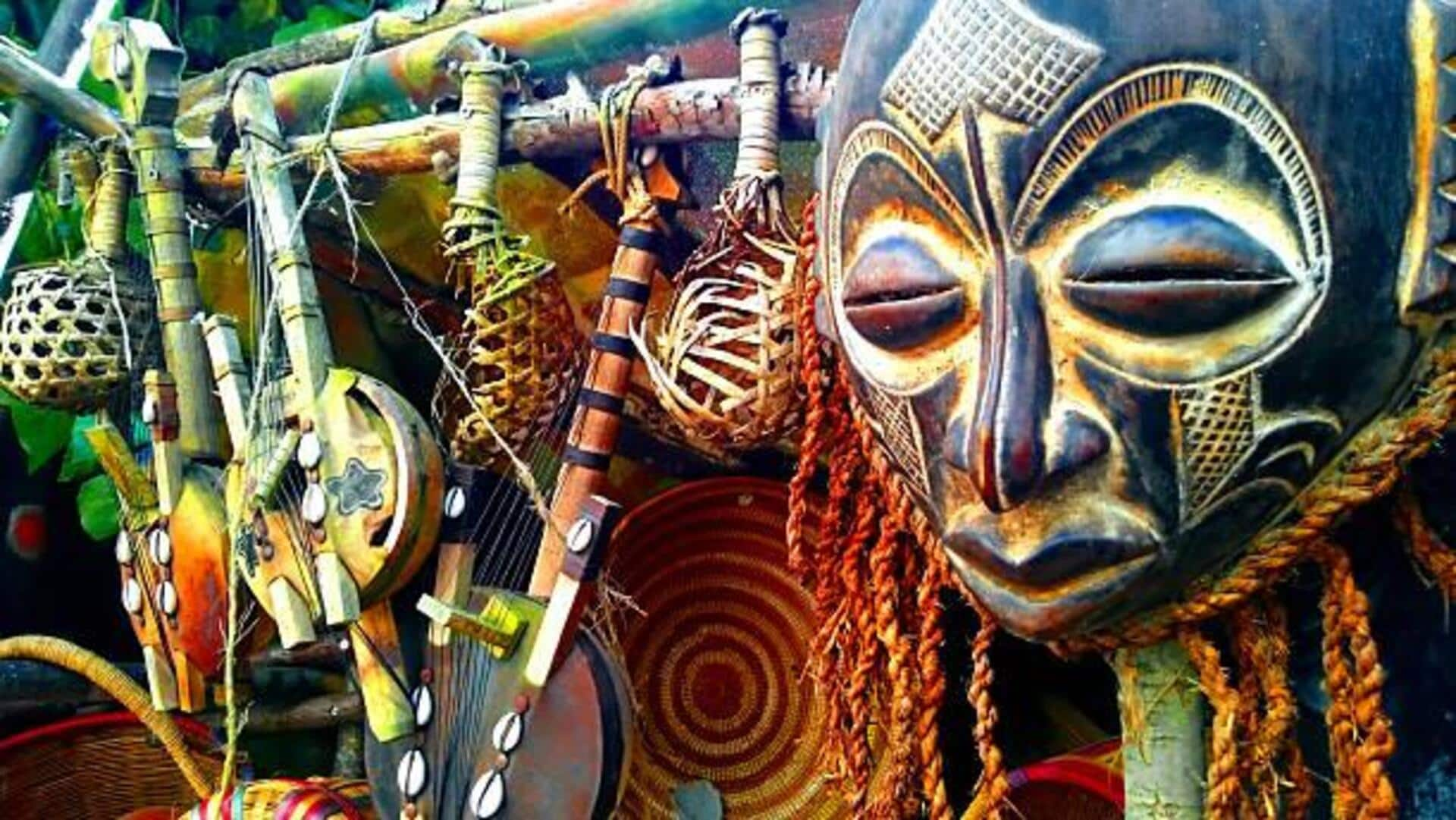
African masks: Techniques behind this timeless craft
What's the story
African masks are an essential part of the continent's cultural heritage, each representing a different tribe and tradition. However, crafting these masks requires skill and some knowledge of traditional techniques to ensure authenticity and timeless artistry. This article takes a closer look at expert methods to sculpt African masks, including insights into materials, carving techniques, and finishing touches that breathe life into these cultural artifacts.
Material choice
Selecting the right materials
Selecting the right materials is critical in mask-making. Traditionally, wood is the go-to material since it's available and easy to work with. However, other materials such as clay or metal, can also be incorporated based on the desired effect. The material chosen can affect not just the mask's final appearance but also its longevity and how easy it is to carve.
Carving skills
Mastering carving techniques
Carving is a crucial step for making African masks. It refers to the use of tools such as chisels and knives to shape the material into elaborate designs. Knowing various carving techniques enables craftsmen to create intricate patterns that depict tribal symbols or stories. Mastering these skills guarantees precision and improves the overall quality of the mask.
Symbolism integration
Incorporating symbolic elements
African masks frequently include symbolic elements that carry cultural importance. These symbols may depict deities, ancestors, or natural elements such as animals or plants. Including such elements necessitates familiarity with their meanings in particular tribes or areas. This knowledge assists in crafting masks that are not just artistic but also culturally pertinent.
Finishing details
Applying finishing touches
The last stage of mask-making is giving finishing touches that make it look even more beautiful. This can be in the form of painting with natural dyes or adding decorative elements like beads or shells. These details add to the mask's aesthetic value without taking away from its traditional touch.